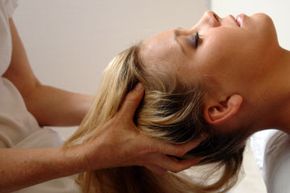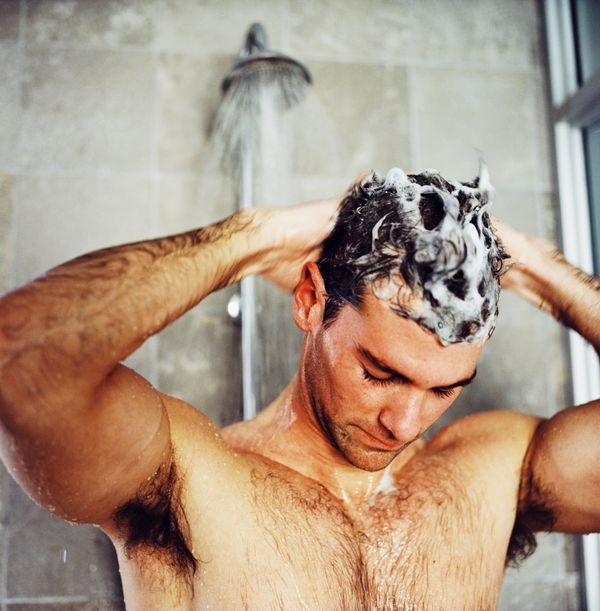Cool fingertips run along your neck, gently rubbing the tension away from your spine. They make their way up the back of your head. You close your eyes to rest. You're not dreaming -- you're enjoying a scalp massage.
Massage is one of the most common ways to reduce stress. It's a simple complementary medicine technique that involves kneading soft tissues in the body, which can create a calming effect and removing tension [source: National Center for Complementary and Alternative Medicine].
Advertisement
One popular type of massage therapy is scalp massage. Massaging the scalp can help stimulate the nerves and blood vessels beneath the skin while calming muscle tension around the head. Although many different cultures have used massage as a form of therapy for thousands of years, it's possible to trace the history of the head and scalp massage to India. The people of India have incorporated head massage into therapeutic practice for about 5,000 years as part of ayurveda, a holistic medicine. Many Indian women used it as part of a weekly ritual, massaging the scalps of family members to prevent stress and even illness [source: Osborn].
Like massages delivered in salons and spas, ayurvedic scalp massages often include massage of the face, neck, back and shoulders. Massage technicians and therapists use their fingers to rub the base of the scalp beneath the hair, the sides of the head, the forehead, chin, hairline, neck, shoulders and spine.
The great thing about scalp massage is you can perform it on yourself. Scalp massage may also be included as part of a haircut, depending on the salon. But that's not all. In this article, you'll find out how kneading your scalp could benefit your entire body.
Advertisement


